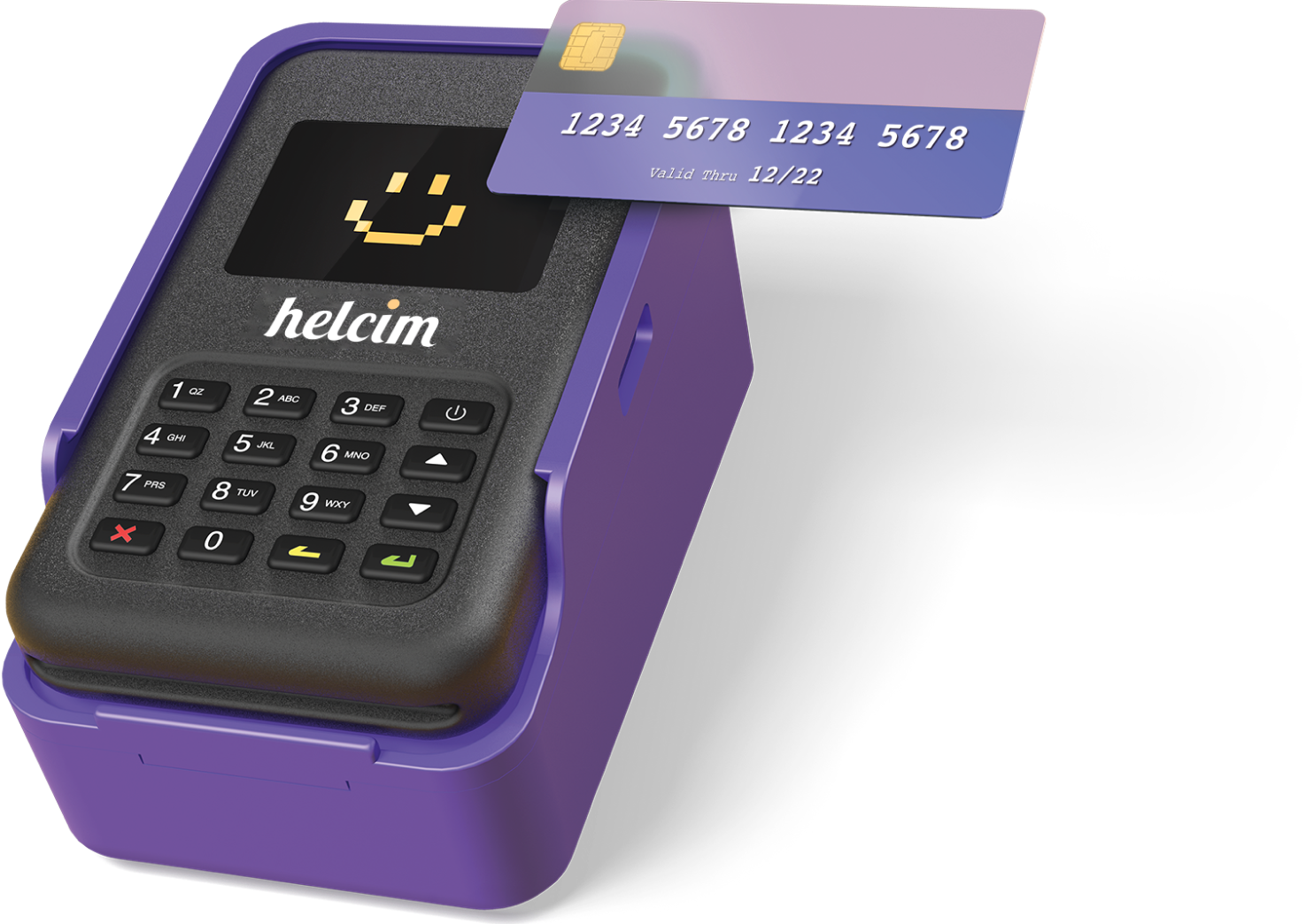In December 2020, the CRA (Canada Revenue Agency) implemented changes to their SR&ED (Scientific Research and Experimental Development) Form. This Form, also referred to as the T661 Form, is no longer referred to as the T661(15), but rather as the T661(20).
In this piece, we’ll talk more about what the T661 Form is and whether or not you qualify to apply.
What is the T661 Form?
The T661 Form, also known as the SR&ED Form, is a form that is designed to provide tax incentives to those investing in Scientific Research and Experimental Development.
Each year this program provides over $3 billion in tax incentives to those who participate, most of whom are small businesses.
With the help of this program, scientific communities and programs may receive funding for scientific and technological advances. It also allows you to apply for reduced tax liabilities and refundable investment tax credits.
Who is eligible to apply for SR&ED tax credits?
SR&ED tax credits are available to any business that carries out Scientific Research and Experimental Development in Canada. Projects outside of Canada may also be able to apply for the program in some situations.
Under the SR&ED program, eligible businesses can include private corporations, other corporations, proprietorships, partnerships, and trusts. Applied and basic research and experimental development can consist of research in engineering, mathematical analysis, data collection, testing, psychological research, design, and other areas of scientific development.
When it comes to Experimental development, applied research, and basic research, here is what is being referred to:
Experimental Development refers to any work being done that generates new or improves existing materials, products, or processes.
Applied and basic research both refer to any work done to advance scientific knowledge, except applied research has a practical application, while basic research does not.
What can be covered under the SR&ED tax credits?
You can use the T661 Form to help you cover expenses such as the wages and salaries of any employees involved, materials, and overhead expenditures.
You can not use the SR&ED tax incentives for promotion or sales, quality control, production of materials, or style changes. Those performing research and social sciences or humanities and those drilling for minerals or gases are also exempt from participating in the SR&ED program.
What supporting documents do I need?
To be considered for the SR&ED program, you will need to provide supporting documents along with your T661 Form. These supporting documents will be necessary if your SR&ED Form ever comes up for review. Supporting documents are used as evidence to back your claim that you are involved in Scientific Research and Experimental Development.
Supporting documents can include plans, design documents, technical drawings, photographs, contracts, and purchases (among other things).
In conclusion, if you or your company are involved in any Scientific Research or Experimental Development, you may be eligible to apply for tax credits from the Government’s SR&ED program. To do this, you must first fill out your T661 Form and attach any supporting documents in case your Form comes under review.







